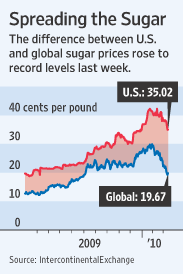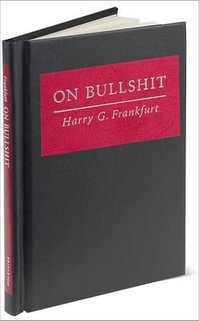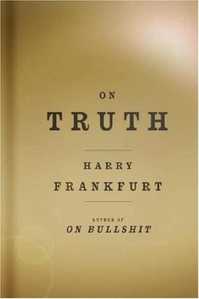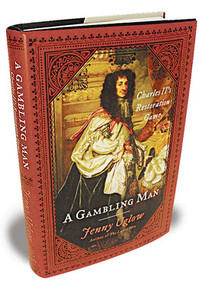According to the reasoning of the following passages, the same Cro-Magnons who created the wonderful cave paintings at Lascaux, were also the ones who created the highly effective laurel leaf projectile points.
It is often believed that the practical is in conflict with the sublime. The Solutreans may be one more example, in addition to that of entrepreneurial capitalism, that cultures that excel at the practical also excel at the sublime.
[The passages I quote are somewhat disjointed, so let me sketch how they fit together. The first sentence asserts that the Lascaux cave paintings are the prehistoric equal of the Sistine Chapel. The second passage describes the Salutreans’ highly practical laurel leaf projectile points. The final sentence asserts that the same Salutrean culture that invented the practical points, also painted the sublime cave at Lascaux.]
(p. 219) Lascaux had been sealed since the late Ice Age, so what the Abbe Henri Breuil soon called “the Sistine Chapel of Prehistory” was intact.
. . .
(p. 221) . . . The seasonal killing at Solutre resumed, but now the prey was reindeer rather than horses. This time, too, the hunters used not only bone-pointed spears hut also weapons bearing what French archaeologists rather elegantly call feuilles de laurier, “laurel leaves” . . . . These beautifully made stone projectile points do indeed look like idealized laurel leaves and stand out as exotic in otherwise unchanging tool kits of bone artifacts, burins, and scrapers. Those skilled enough to fabricate them had mastered a new (p. 222) stoneworking technology, which involved using an antler billet to squeeze off shallow flakes by applying sharp pressure along the edges of a blade. This technique–pressure flaking–produced thin, beautifully shaped yet functional spear points that were both lethal and lovely to look upon. Sometimes, the stoneworkers made what one might call rudimentary versions of the points using pressure flaking on but one side of the tool. On occasion, too, they made spearheads with a shoulder that served as the mount for the shaft. But the ultimate was the classic laurel leaf, flaked on both sides, beautifully regular and thin. Feuilles de laurier were never common, and indeed, some researchers wonder if they were, in fact, ceremonial tools and never used in the field. This seems unlikely, for they would have made tough, effective weapons for killing prey like reindeer.
. . .
If the Lascaux chronology is to be believed–and remember that the radiocarbon dates come from artifacts in the cave, not actual paintings–then Solutreans were the artists who painted there, . . .
Source:
Fagan, Brian. Cro-Magnon: How the Ice Age Gave Birth to the First Modern Humans. New York: Bloomsbury Press, 2010.
(Note: ellipses added; italics in original.)








